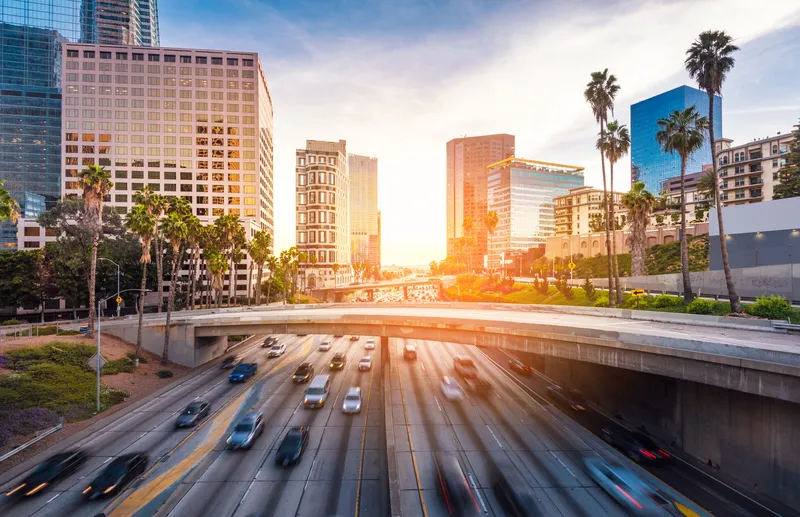The 6° x 26° sensor is small size and light weight with a broad operating temperature and low power consumption, allowing it to be used in a range of environments and applications, while its target recognition/filtering settings enable it to adapt to any type vehicle or road condition. Three communications ports and 14 data protocols allow it to easily interface with cameras, signs, traffic controls, statistical applications or other systems that require reliable and accurate speed measurement.
For traffic analysis, a narrow-beam sensor with on-board traffic statistics capability, coupled with Stalker’s Traffic Statistics App is said to offer a comprehensive solution, presenting data in a graphing window.
Stalker Radar’s new sensor tracks vehicles up to 400m
Stalker Radar claims its new Stationary Speed Sensor II’s narrow (6°) beam is lane specific and can accurately detect and track up to ten vehicles in a single lane at distances of up to 400 meters. The 6° x 26° sensor is small size and light weight with a broad operating temperature and low power consumption, allowing it to be used in a range of environments and applications, while its target recognition/filtering settings enable it to adapt to any type vehicle or road condition.
June 7, 2016
Read time: 1 min









